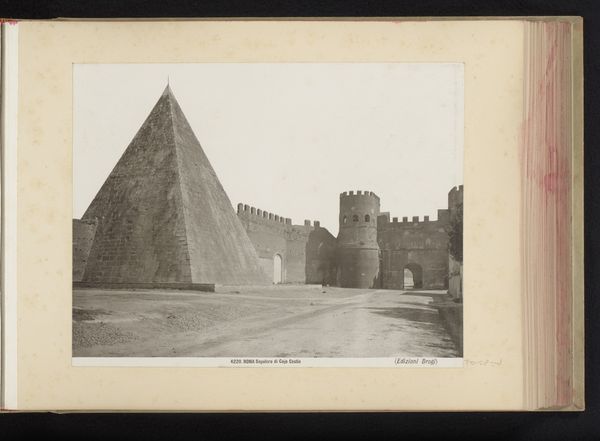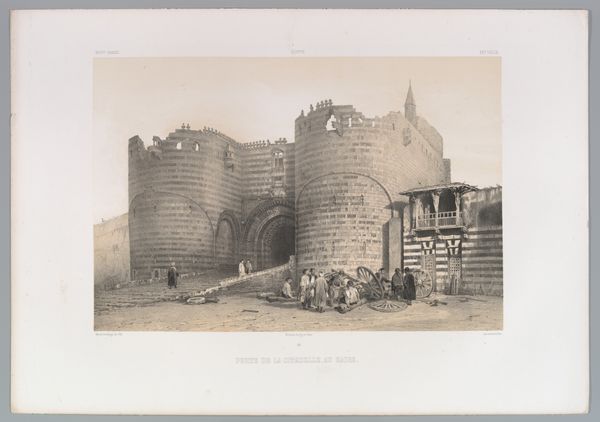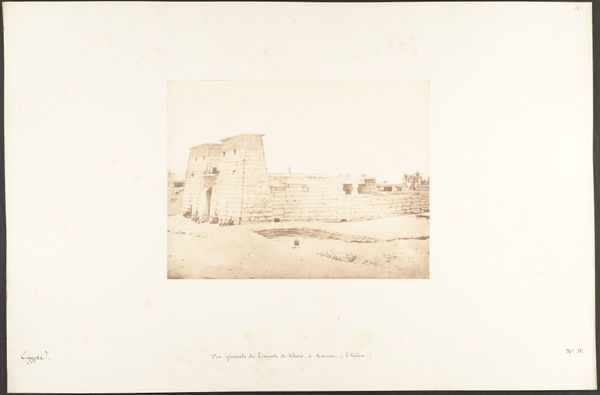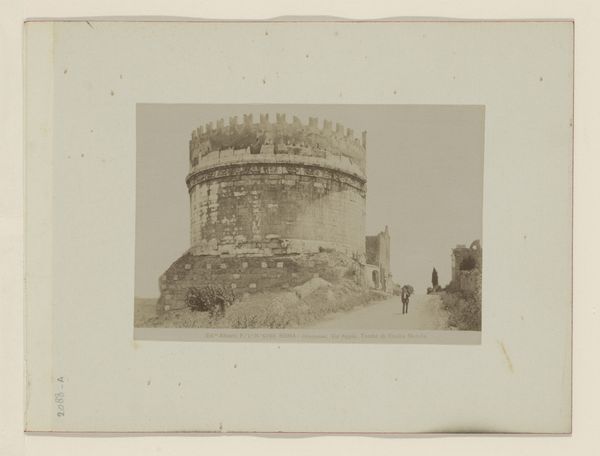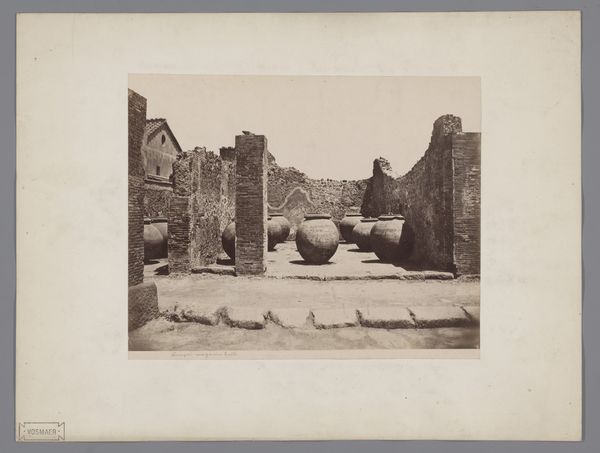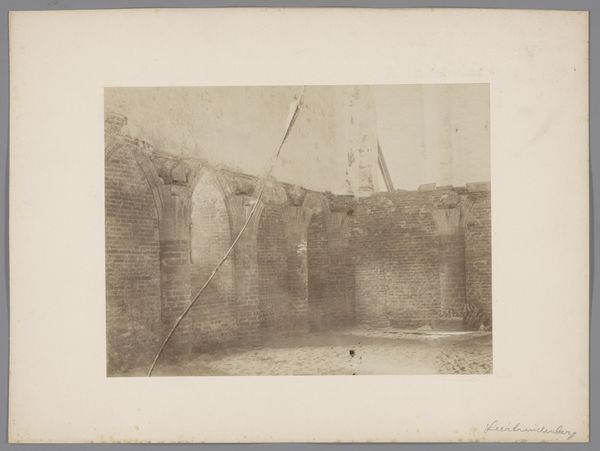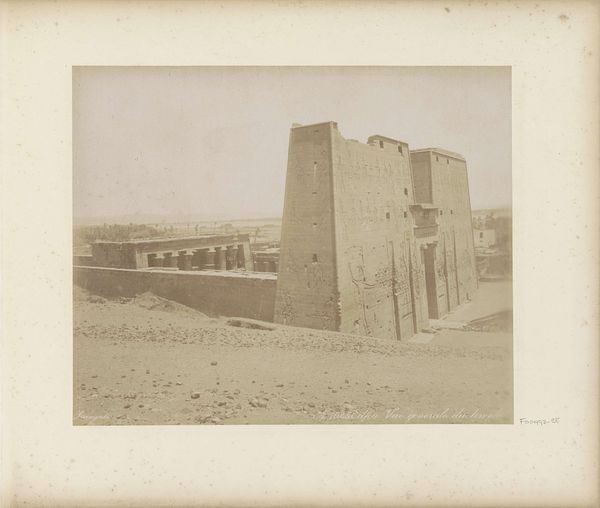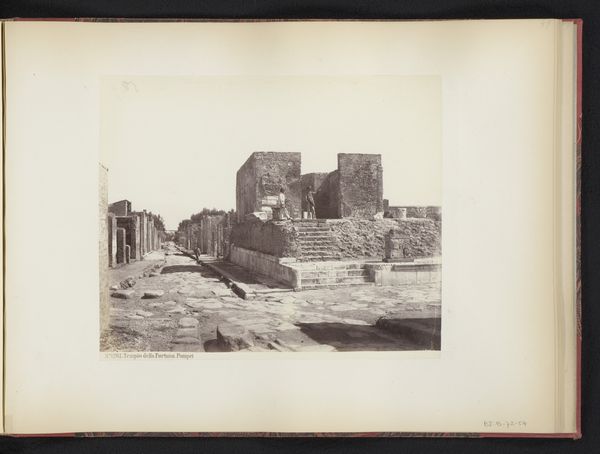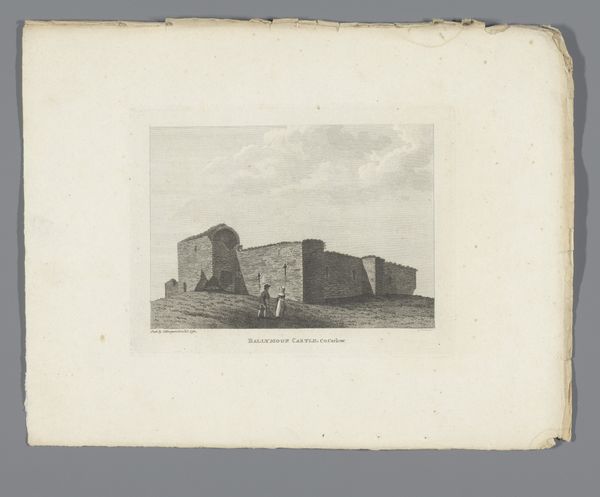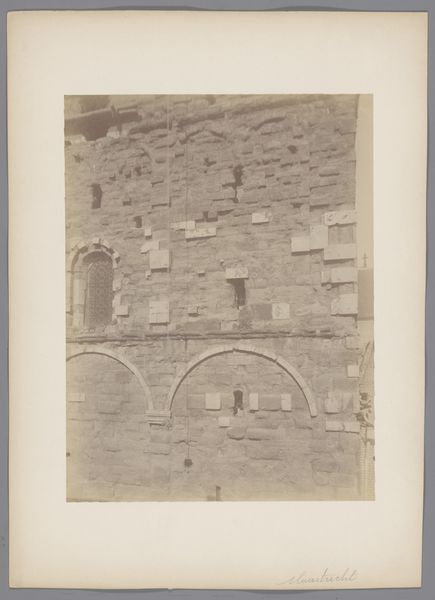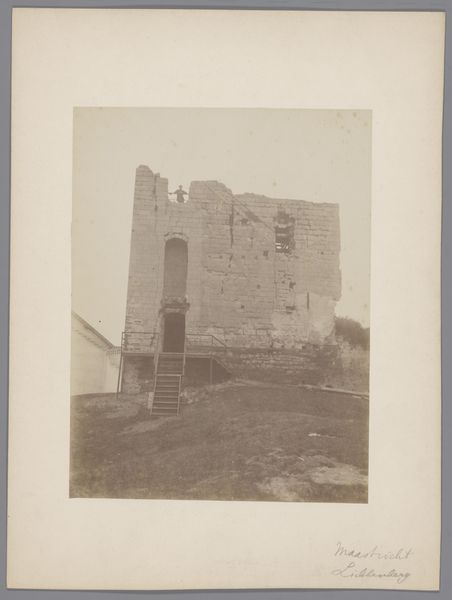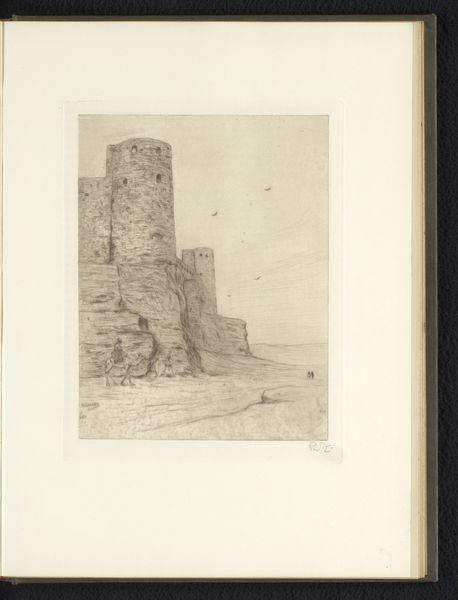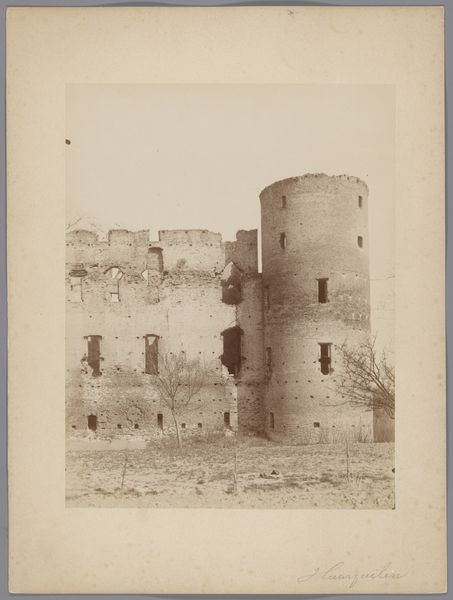
Piramide van Cestius aan de Via Sostiensis te Rome, Italië 1857 - 1900
0:00
0:00
photography, gelatin-silver-print
#
landscape
#
classical-realism
#
photography
#
romanesque
#
ancient-mediterranean
#
gelatin-silver-print
#
cityscape
#
watercolor
Dimensions: height 96 mm, width 140 mm, height 168 mm, width 225 mm
Copyright: Rijks Museum: Open Domain
This albumen print captures the Piramide van Cestius aan de Via Sostiensis in Rome, and was created by the Italian photography firm, Fratelli Alinari. The image presents a juxtaposition: the ancient pyramid of Caius Cestius set against the backdrop of Rome's evolving urban landscape. Consider the act of photographing itself. In the 19th century, photography was a powerful tool, used to document and categorize the world. The Alinari brothers weren't just capturing an image; they were participating in a broader project of constructing a visual archive, framing perceptions of history, culture, and identity for their viewers. The pyramid, built around 18-12 BC, reflects Rome's fascination with Egyptian culture. It testifies to the complex intersections of power, cultural appropriation, and the enduring human desire to leave a mark on history. The image asks us to consider how we engage with the past. Does it serve as a mirror reflecting our present, or a window offering glimpses into different worlds?
Comments
No comments
Be the first to comment and join the conversation on the ultimate creative platform.
